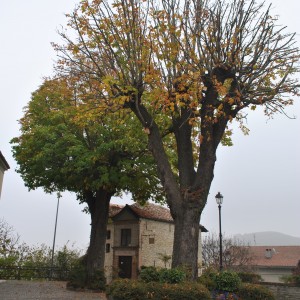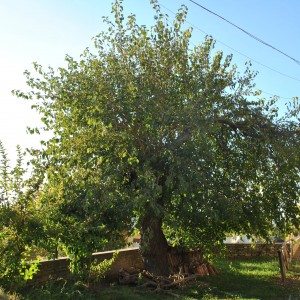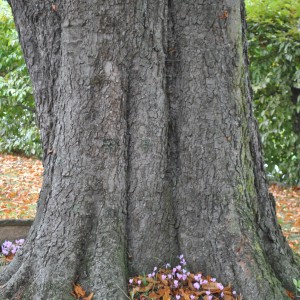Bra e Pollenzo
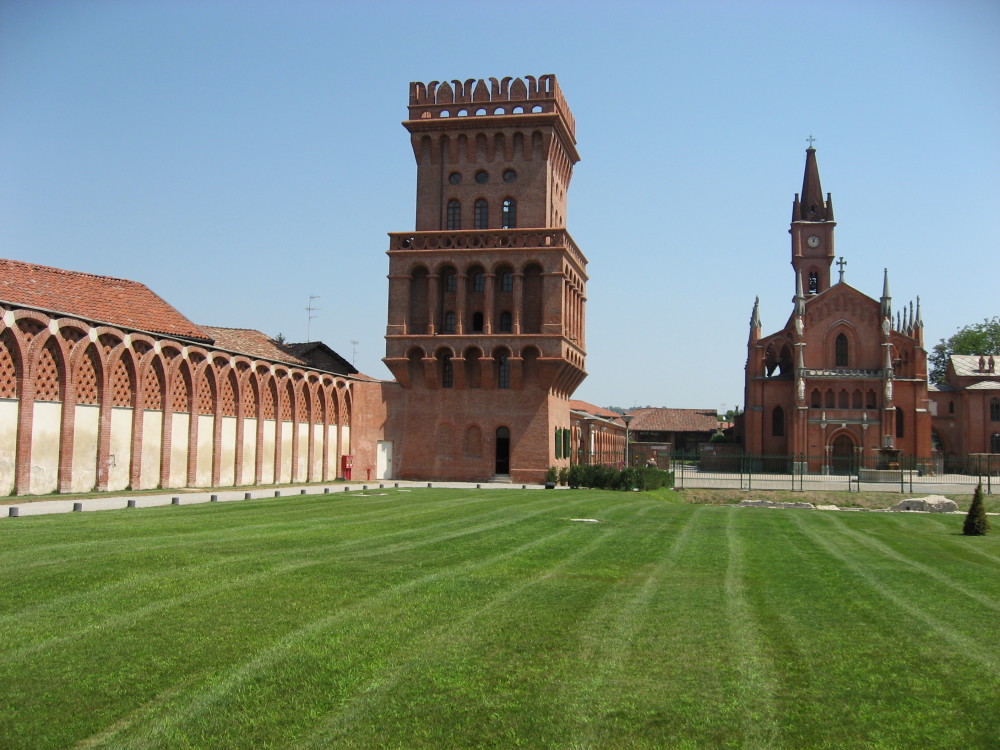
Pollenzo
Bra has ancient origins, the first certified documents about the town date back to 1120, and there are many conjectures about the origins of its name: it could come from “Barderate”, the ancient land of Ligurians quoted by Pliny, or from the Celtic or the German “Breit” (open countryside).
In the Middle Ages the town was called Brayda, a very common term in northern Italy to indicate the field feoffed to the local lords, who transformed this patronymic in Bra. De Braydas built an imposing castle fortified with towers and moats in the 13th Century. After various transfer of property, the fortress was attacked and destroyed by the French army led by Gian Giacomo Trivulzio in 1515, and it was completely dismantled in 1552. On the other hand, Palazzo Traversa, the fortified noble residence of the Opertis, was spared, and now it houses the Museum of Archaeology, History and Arts of Bra.
In the surroundings of Palazzo Traversa, you can admire Palazzo Garrone with its elegant grand staircase in Victorian style. The palace creates a spectacular background to the Piazza Caduti per la Libertà with the imposing Sant’Andrea church built in 1682 designed by Guarino Guarini.
Walking along the path built over one wing of the covered market dating back to the 19th Century, you can reach the monument dedicated to San Benedetto Cottolengo, with his birthplace and a memorial plaque. On the “Rock” you will find many narrow roads descending to the old town and to via Vittorio Emanuele, which is the core of the social and economic life of the town. Here you will find greengrocers shops, delicatessen and butchers and you cannot miss the famous confectioneries and bars which still preserve the typical 19th-Century Piedmontese atmosphere.
The jewel of the local sacred architecture is the Church of Santa Chiara, a masterpiece of Piedmontese Baroque built between 1742 and 1748 designed by Bernardo Vittone, who realized a plan having the form of a quatrefoil, surprisingly wave-like inside and outside walls, stucco decorations and a complex, fretted double dome vault creating wonderful light effects.
Leaving Bra you can admire the beautiful Zizzola on a hilltop once defended by a fortress near the ancient castle. This small, pretty building with an octagonal plan has become the town symbol, and according to popular belief it was the place wherethe masche (local witches) met during their Sabbaths.
A few kilometres from Bra you will find Pollenzo, a village displaying a beautiful historic centre, with San Vittore’s Church and the Royal Castle. It is a Savoy residence in New Gothic style commissioned by Carlo Alberto and surrounded by an enchanting park along the river Tanaro. It is rich in hillocks, torrents, small bridges and fountains, and was used by the Savoys as a game preserve.
Pollenzo was an ancient Ligurian village and it was in its full splendour during the Roman Age: you can still admire some fascinating archaeological finds. The village of Pollenzo with the warm, rose-coloured hues of its fired bricks is one of the most beautiful examples of the Italian Gothic revival.
This fascinating architectonic complex was created by Carlo Alberto of Savoy, who chose Pollenzo to build his own Versailles and to cultivate his passion for agriculture. In the building of the Agenzia, the administrative centre of the royal estate, the first Italian University of Gastronomic Sciences was founded: an institute for highly qualified operators in the field of oenology and gastronomy.



